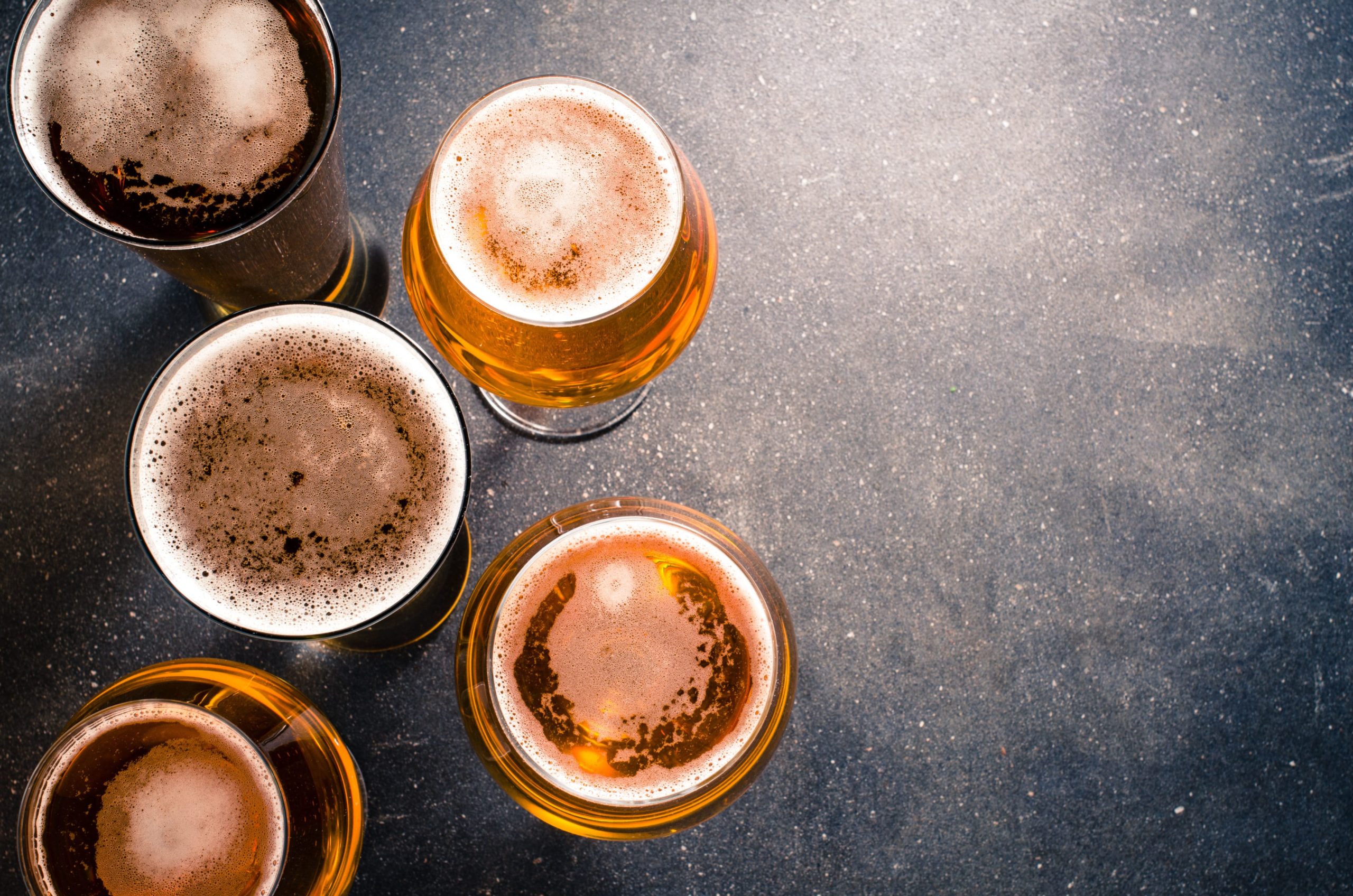
The old South American empire stumbled upon psychedelic beer
Leaders of a historic South American empire used a beer mixed with a psychedelic drug to maintain political control over their society and surrounding communities, according to a study published Wednesday.
In a study published by Antiquity magazine, archaeologists revealed that Wari tribal leaders served a beer-like beverage made from the fruit of the Molle tree combined with the seeds of the Vilca tree and served the mixture to guests at communal feasts.
“The resulting psychotropic experience strengthened the power of the Wari state and represents an intermediate step between exclusionary and corporate policies,” the researchers wrote in a summary of the study published online by Cambridge University Press. “This example from the Andes adds to the global catalog documenting the close relationship between hallucinogens and social power.”
The Wari established their empire in the Andean highlands of present-day Peru, ruling the area from about 600 to 1000 AD and predating the Inca Empire by four centuries. Archaeologists excavating at Quilcapampa in southern Peru from 2013 to 2017 discovered the first evidence of psychedelic Vilca seeds found at a Wari site.
Matthew Biwer, visiting assistant professor of archeology at Dickinson College in Pennsylvania and lead author of the study, said the discovery sheds light on how South American indigenous civilizations used psychoactive substances.
“This was a turning point in the Andes in terms of politics and the use of hallucinogens,” Biwer said, as reported by CNN. “We see this type of consumption of hallucinogens as a different context of consumption than in previous civilizations, which seem to have tightly guarded the consumption of hallucinogens to a select few, or in the last Inca Empire, which emphasized the mass consumption of beer but did not consume it psychotropic substances like vilca at festivals.”
As early as 4,000 years ago, pre-Columbian civilizations used vilca, which was often inhaled as a snuff. The seeds contain the psychedelic drug dimethyltryptamine, as well as bufotenine, a substance similar to the neurotransmitter serotonin.
“What I’ve read from ethnographic sources is that you get a very strong sense of flight,” Biwer told Inverse.
Party hosts rule the empire
Previous research has shown that the Wari used feasts and beer as a means of exerting political control over guests from the surrounding communities. Researchers at the Quilcapampa site discovered evidence that the Wari made molle beer, called chicha, in substantial quantities. Botanical remains of Molle and Vilca have been found and pottery has been discovered in the center of the site, an indication of where festivals were held, the study authors said.
“The Wari added the vilca to chicha beer to impress guests at their festivals who couldn’t return the experience,” Biwer said. “This created a debt relationship between Wari hosts and guests, likely from the surrounding region.”
“We argue that as the empire expanded, the celebration, the beer, and the vilca served to create and solidify social bonds between peoples and natives associated with the Wari,” Biwer continued. “It was also a way for Wari leaders to demonstrate and maintain social, economic and political power.”
Biwer explained that guests would experience social pressure to recognize the power of their Wari hosts and would feel obligated to return the favor in the future.
“There is political power in acquiring and using these hallucinogenic substances and having these experiences,” Biwer said. “I think it’s a really good example of the connection between politics, drug use, intoxication and social ties.”
Researchers have yet to figure out why the Wari civilization ultimately failed. But as they continue to study sites inhabited by the pre-Columbian civilization, they learn more about how Peru’s early inhabitants lived.
“The Wari Empire stretched from northern Peru to the extreme south near the Chilean border and from the coast to the Andean mountain ranges,” Biwer explained. “It is the first example of an empire in South America that collapsed some 400 years before the rise of the Inca Empire.”

Post a comment: